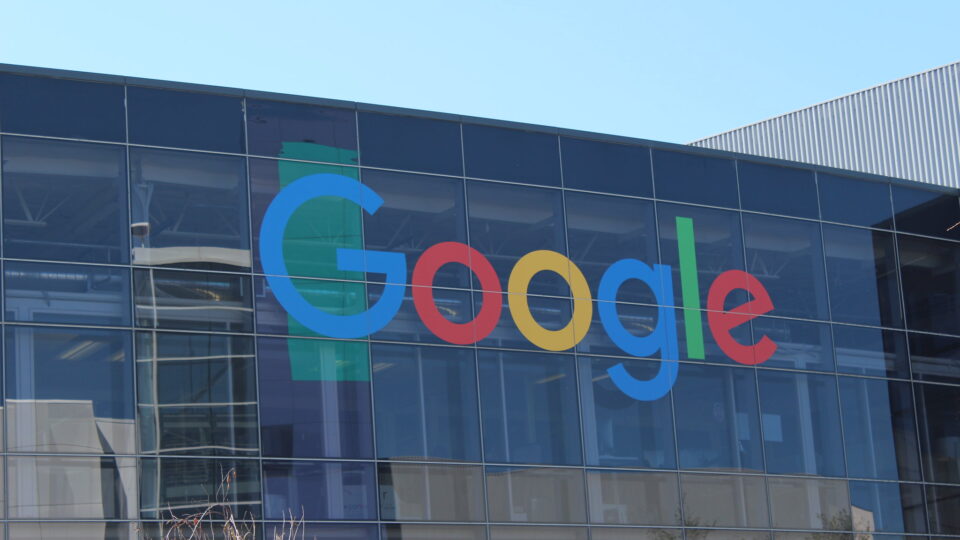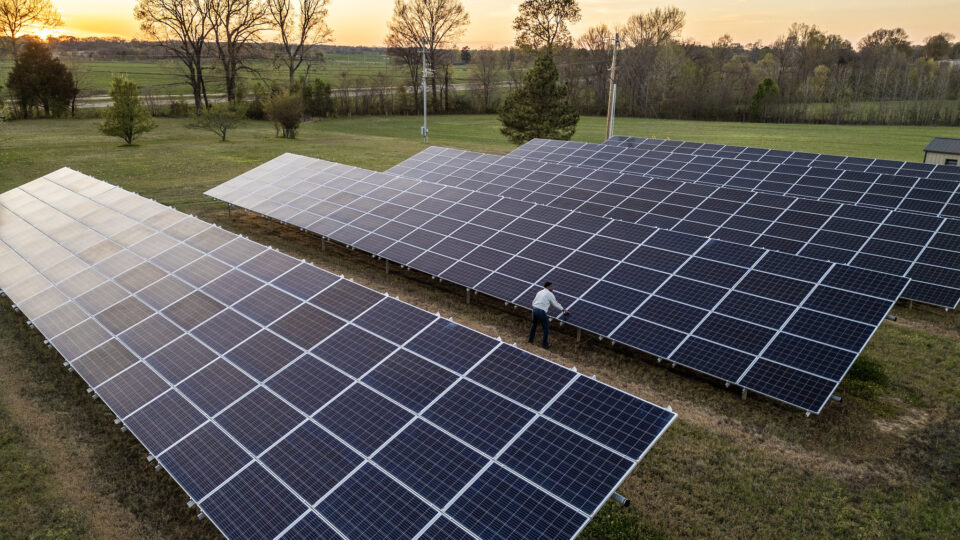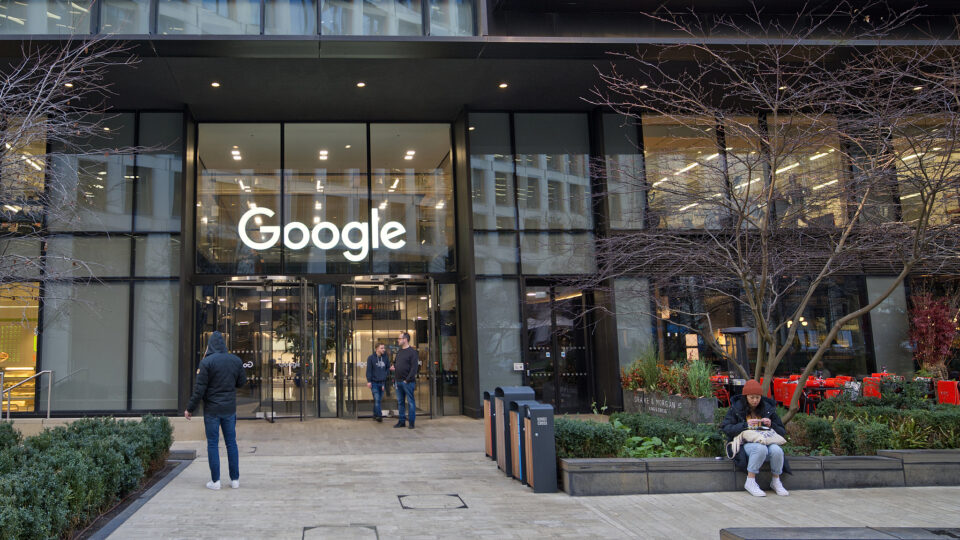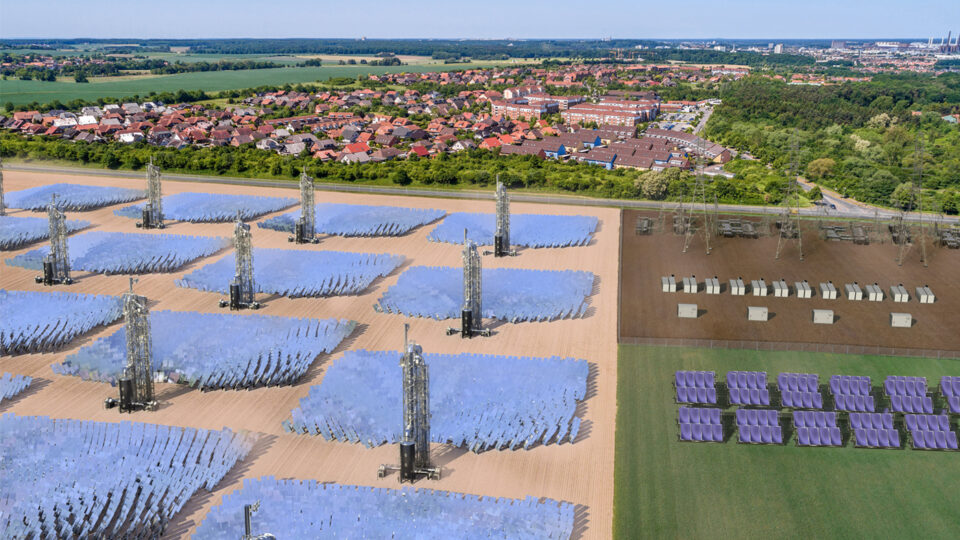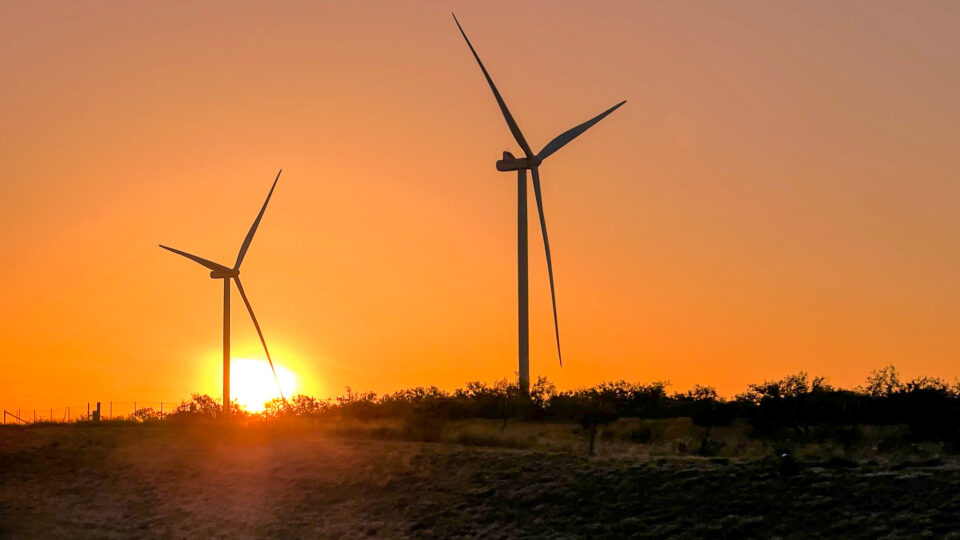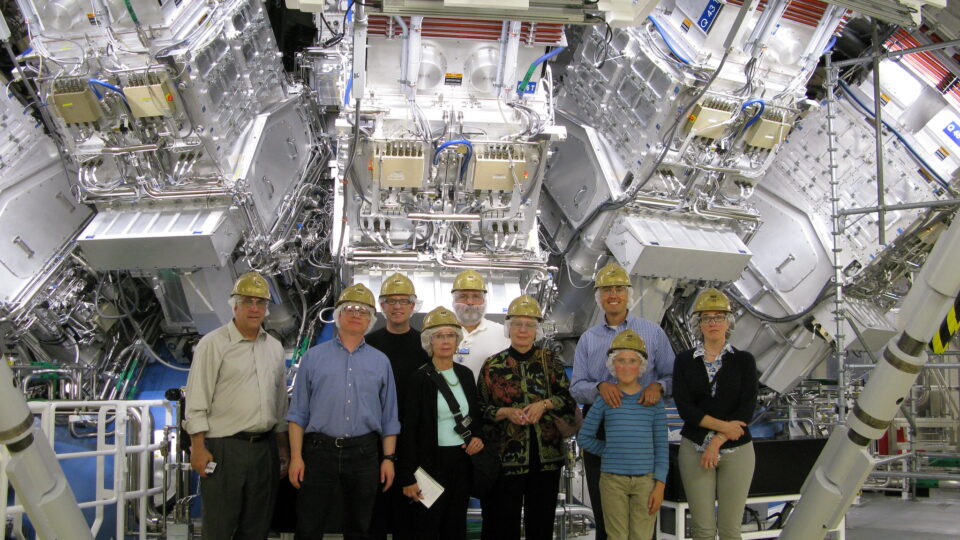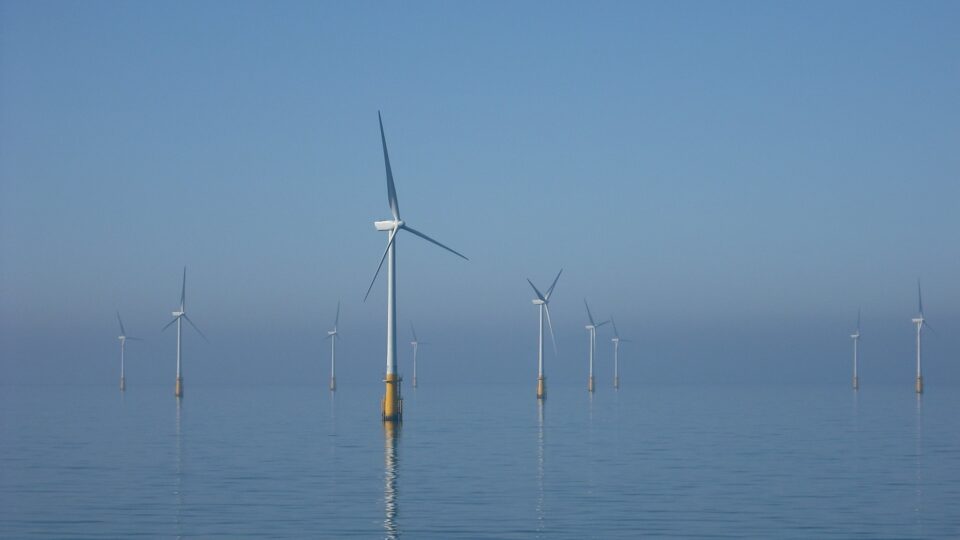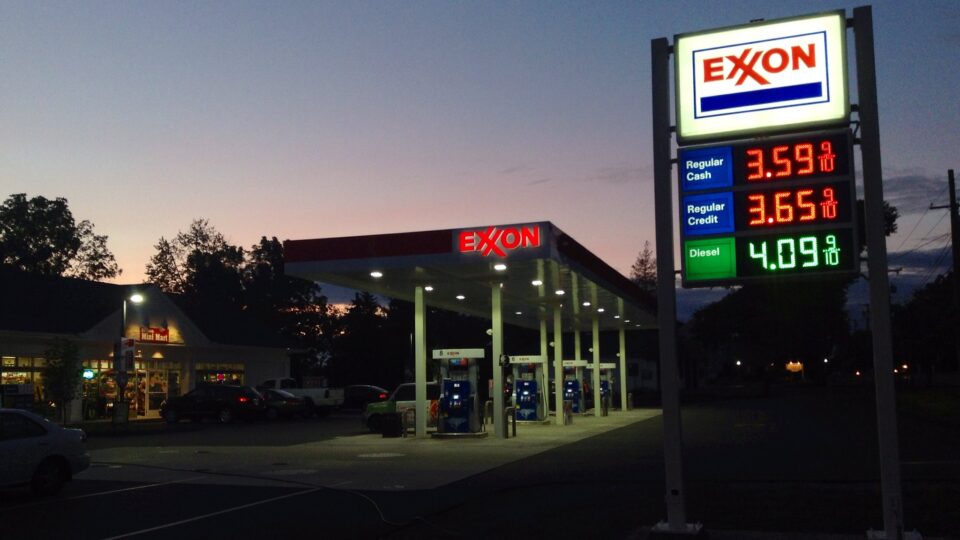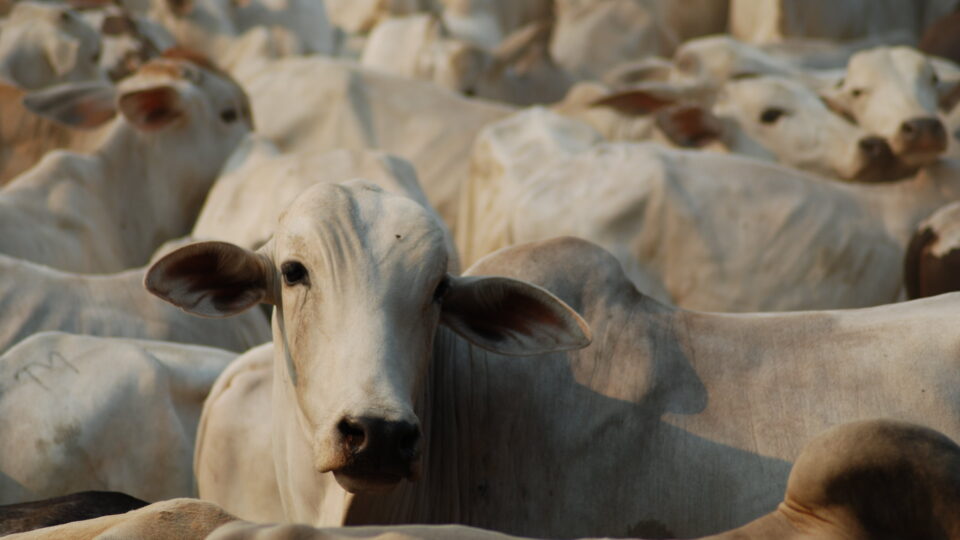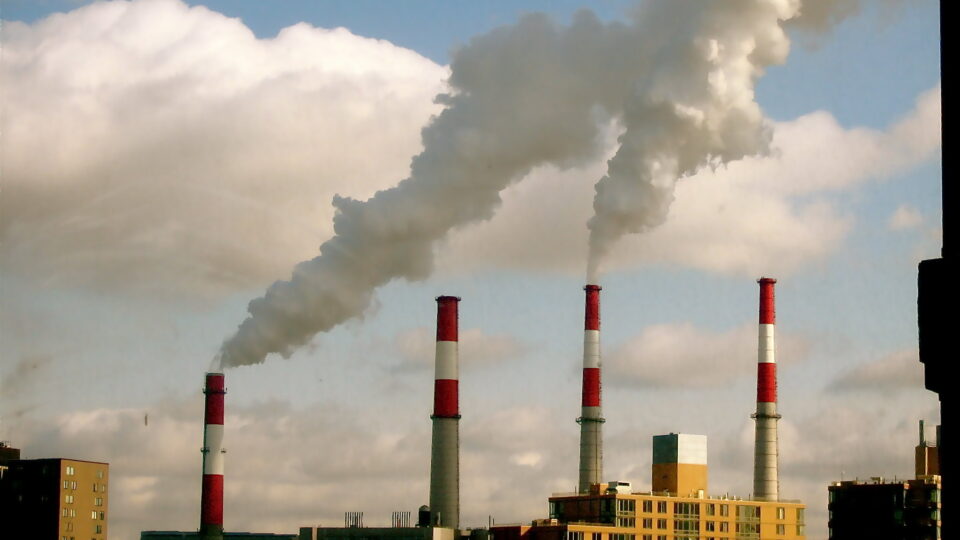The UN climate conference in November approved an official market for large-scale trading of carbon credits. This will allow industrial countries to help meet their emission reduction targets set by the Paris Climate Agreement by paying other nations to protect and restore forests and carbon-rich peatlands.
The first major participant in this multi-billion-dollar enterprise is Indonesia. That country is home to the world’s third largest expanse of tropical rainforests and more than a third of the world’s carbon-storing peatlands. Indonesia’s government plans to raise up to $65 billion by 2028 by selling carbon credits accrued by restoring and protecting its forests and peatlands.
The problem with carbon trading is that it can be filled with loopholes ranging from inaccurate carbon accounting to outright fraud. Carbon trading with both individual companies and other countries can result in double- and even triple-counting of the same carbon.
For example, carbon credits are assigned when forests earmarked for agricultural or other development are preserved instead of being felled. But what if that forest destruction wasn’t going to happen even without selling carbon credits?
There are organizations in the business of verifying carbon accounting, but independent analysis of their methodologies has revealed serious shortcomings, and in many cases, the verifications have been deemed to be worthless.
There are real problems with carbon accounting and setting correct baselines for the carbon emission reductions associated with carbon credits. Nevertheless, the existence of a global carbon market can be an important tool in the world’s efforts to mitigate the effects of climate change.
**********
Web Links
Will UN Carbon Market Work? Indonesia Will Provide First Test
Photo, posted June 12, 2017, courtesy of Runa S. Lindebjerg via Flickr.
Earth Wise is a production of WAMC Northeast Public Radio


